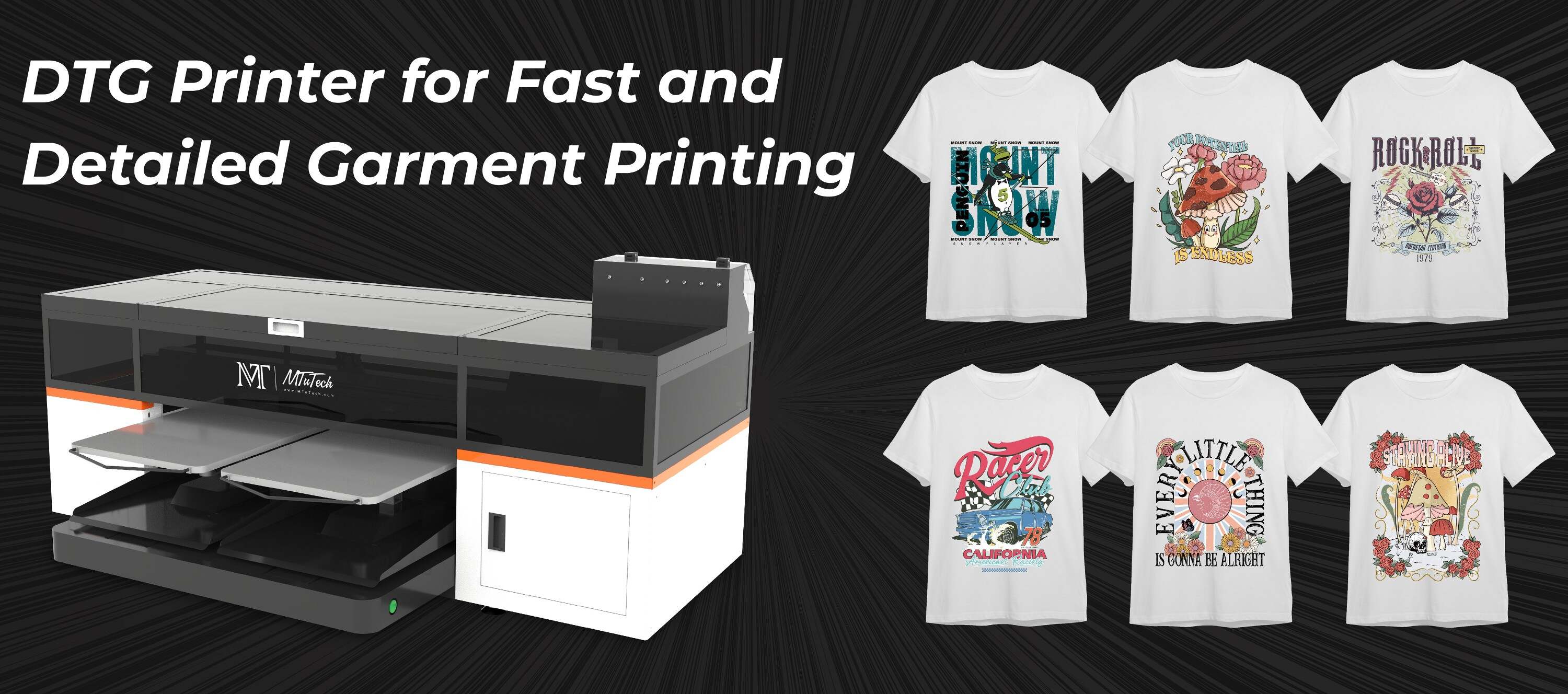 One of the most overlooked yet critical aspects of Direct-to-Garment (DTG) printing is the ink curing and drying process. It’s not just about applying ink — it's about ensuring that ink sets correctly for wash durability, vibrant colors, and a soft hand feel.
One of the most overlooked yet critical aspects of Direct-to-Garment (DTG) printing is the ink curing and drying process. It’s not just about applying ink — it's about ensuring that ink sets correctly for wash durability, vibrant colors, and a soft hand feel.
What Is DTG Ink Curing?
Curing is the process of heat-setting the ink so it bonds properly with the fabric fibers. Without curing, the ink will either fade quickly or wash off completely after a few washes.
Why Proper Curing Matters
- Durability : Ensures long-lasting prints that don’t crack or peel.
- Color Quality : Proper curing enhances vibrancy and richness.
- Softness : Well-cured inks leave the fabric feeling smooth and wearable.
- Professional Finish : Gives your apparel a retail-ready quality.
Common Curing Methods
1. Heat Press
- Most common method for small businesses.
- Curing time: 35–60 seconds at 160–180°C.
2. Conveyor Dryer
- Ideal for scaling operations.
- Provides consistent temperature and speed control.
3. Infrared Dryer
- Faster drying and energy-efficient.
- Often used in combination with high-volume DTG setups.
Mistakes to Avoid
- Under-curing : Leads to fading and poor washability.
- Over-curing : Can burn the fabric or make it stiff.
- Inconsistent pressure : Affects even ink distribution and adhesion.
- Wrong temp settings : Always calibrate your press/dryer for your ink type.
Best Practices for DTG Ink Drying
- Use a Teflon sheet between the fabric and the heat press.
- Pre-press garments to remove moisture and flatten fibers.
- Follow the ink manufacturer's guidelines exactly.
- Perform wash tests on every new garment or print setting.
Want flawless prints with perfect curing every time? [Click here](https://www.mtutech.com/DTGPrinter.html) to check out MTuTech DTG printers that offer compatibility with professional curing solutions and ensure long-lasting quality.
